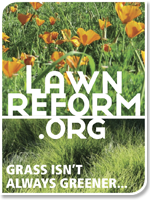It’s really sad that since fall is such an ideal time to plant that it’s truly hard to find good plant selections. In our area, we were still having close to 90 degree days, yet the selections at nurseries and big box stores were looking picked over.
The choices are to buy early and baby the plants or wait until cool weather actually hits and visit multiple nurseries. Being a true plant fanatic, I of course look for any excuse to visit different nurseries!
Then there is the dilemma of what to do if you actually have planter baskets that have gotten their second wind and look really stunning. Do you actually make yourself rip them out….










